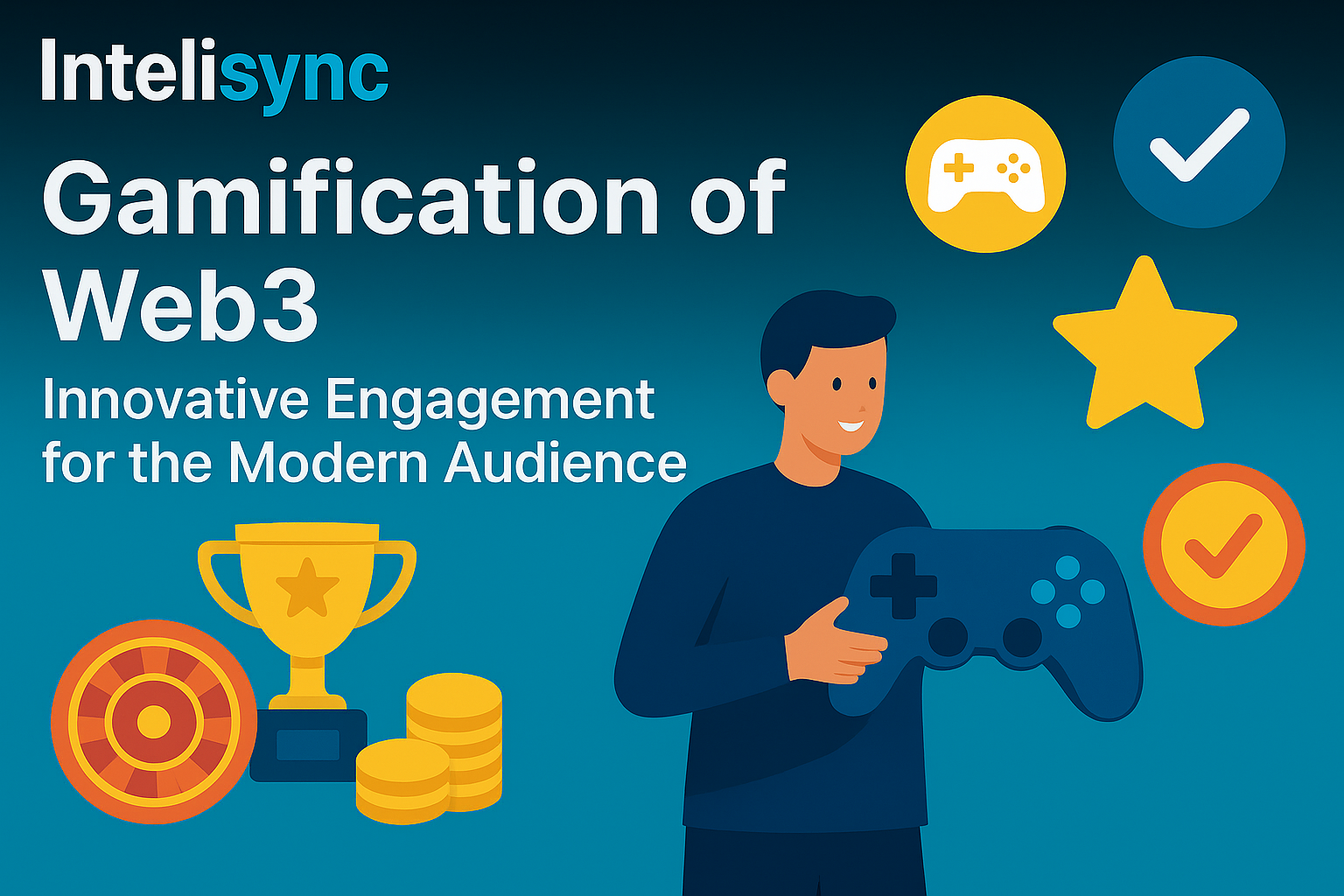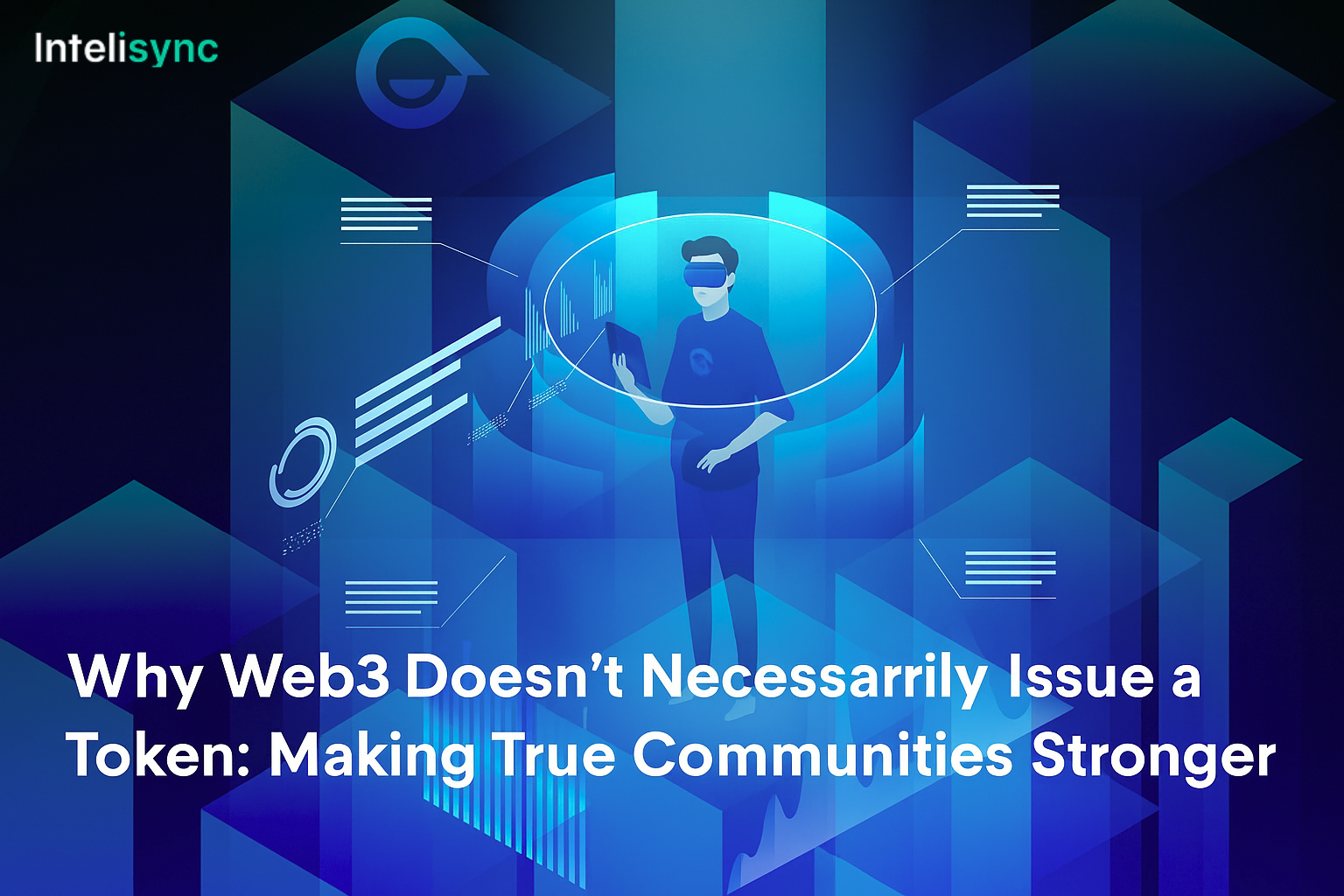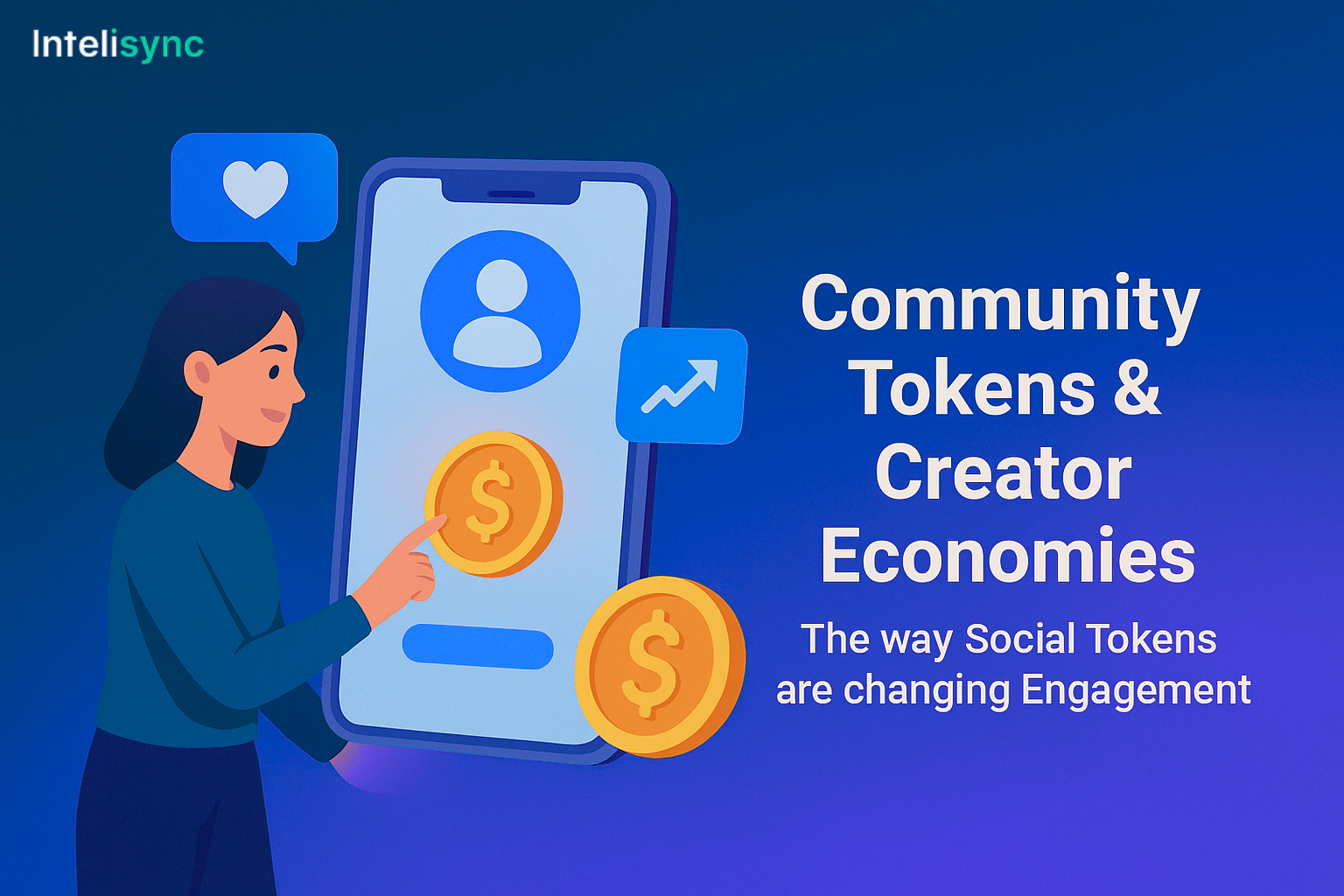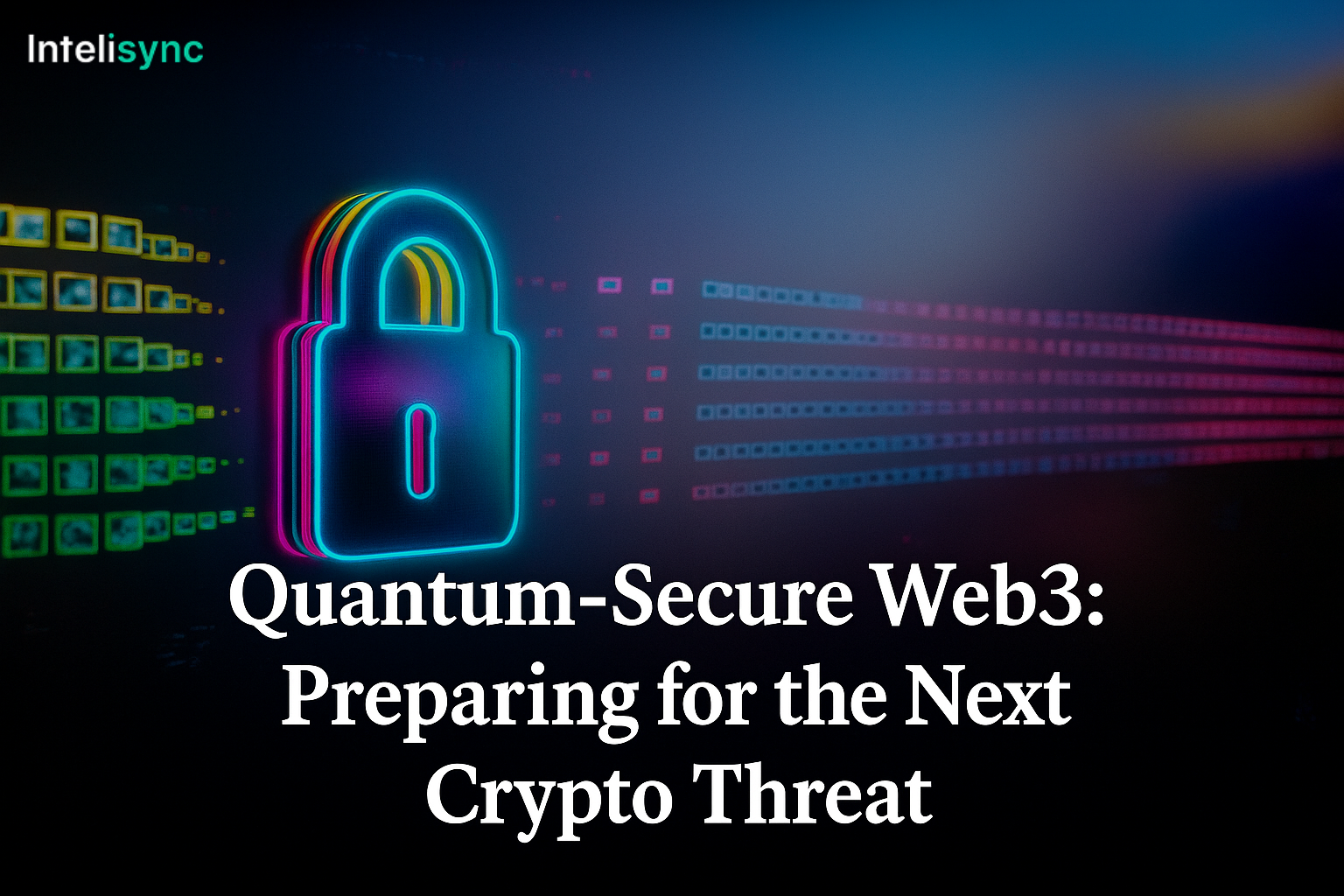Web3 is redefining the playbook for how brands, communities, and creators engage with their audiences. But there’s one tested instrument in the digital playbook that sounds more vital than ever: gamification. In Web3, gamification is not just points, badges, and leaderboards it’s integrated into the very way people engage, earn, vote, create, and play. So, what does gamification look and feel like in this decentralized, token based future? Let’s translate it in human terms.
Why Gamification Is More Important Than Ever for Web3
In the old web, gamification was about dangling carrots those rewards to get people back into apps. In Web3, the game is more on the line: users are owners, not merely users. They want to feel their work and input are valuable, not just accumulate points of ego. And with millions of things for users to check out, attention is precious so it’s on projects and brands to make obtaining that attention actually entertaining and engaging.
Gamification is the middleman, making new users learn, veterans remain, and everybody believe that their contribution matters.
How Web3 Gamification Works: Real, Creative Examples
- Quests and Missions That Educate (and Entertain)
Ditch static onboarding documents Web3 initiatives now deploy interactive quests. Interested in learning about how a protocol operates? Get to learn through real in-app challenges for tokens or NFTs. Perhaps you are part of a “treasure hunt” that spans Discord, social media, and decentralized applications, where you claim new features or collectibles along the way.
Why it works: It reduces the learning curve and makes even the technical aspect of blockchain accessible and memorable.
- Tokenized Rewards with Actual Value
In Web3, your reward isn’t literally a badge or a number it could be an NFT you hold (which might unlock perks, merch, or access), governance tokens that allow you to contribute to guiding a project, or cryptocurrencies you can actually use, exchange, or even sell. Such rewards are transportable and potentially valuable outside one app.
Why it works: Rewards have skin in the game, heightening loyalty and real-world engagement.
- Leaderboards, Levels, and Social Competitions
Seasonal contests, skill challenges, or creative challenges (consider: meme wars, NFT art combat, or trading competitions) are regularly hosted by platforms. Leaderboards display top contributors, while leveling rewards new powers or community standing.
Why it’s popular: Credit is public, community-sourced, and linked to actual activity not mere vocal supporters.
- Community Collaborations and Co-Creation
Gamification is a team sport. Most Web3 projects establish group based quests, hackathons, or campaign bounties that reward groups for collab work, such as releasing a product feature, deploying a new design, or producing an event.
Why it’s powerful: When humans work together to solve things, they build genuine connections and projects get done quicker.
- NFT Badges and Digital Identity
Distinct NFTs commemorate your milestones perhaps you were one of the early adopters, assisted in killing a bug, contributed to the DAO, or simply hosted the wildest meme party ever. These on-chain badges are collectibles as well as on-chain attestations, illustrating exactly how you helped.
Why users love it: It’s a proof-of-reputation and not some generic profile.
- Cross-Platform and Cross-Project Rewards
Gamification in Web3 is not confined to a single app. Complete a quest on one platform and gain hidden benefits on another; events that happen to the community as a whole can link projects, making the ecosystem feel expansive but intensely intimate.
What’s new: Your work really follows you around. You’re not confined to a single game or brand’s walled garden.
The Real Benefits (and What to Watch Out For)
- Stronger Community Roots: Communities are tied together: collective wins, badges, and work items make people root for more than themselves.
- Onboarding Fun: Gamified experiences remove fear about trying something new; users learn by doing, not just reading.
- Incentive Alignment: When rewards are valuable and clearly tied to performance, people will stay for the right reasons, not just the hype.
- Authentic Participation vs. “Grind”: Thoughtful gamification encourages authentic action, not mere button-mashing. The best projects cultivate creativity and collaboration, not merely clicks.
Conversely, lazy gamification filled with useless badges, ill conceived token rewards, or spambot contests grinds people off quickly. In Web3, honesty is important: users can spot hype, and they’ll switch to projects that actually value their time and talent.
Easy Steps to Implement Gamification in Your Web3 Project
- Introduce starter quests so new members can learn and contribute from the very first day.
- Reward with NFTs actual accomplishments early adoption, innovative contributions, valuable feedback.
- Organize seasonal events or hackathons in which groups vie for on-chain rewards.
- Pay attention and evolve: survey your community as to which kinds of challenges or contests they find most engaging.
- Ensure each reward is functional, belonging to the user, and allows them to do more—not simply be pretty in a wallet.
The Human Heart of Web3 Gamification
Web3 gamification isn’t about tricking people into using your platform. It’s about recognizing real effort, building community pride, and making digital participation genuinely joyful. Whether you’re running a new dApp, building a token community, or just getting started, remember: games bring people together, and in Web3, those connections build the strongest, most creative, and most lasting communities.
If you’re willing to make engagement more significant, considerate gamification is your competitive advantage one that turns every member into a player, not a spectator. And in the decentralized future, that’s the way you prevail.







